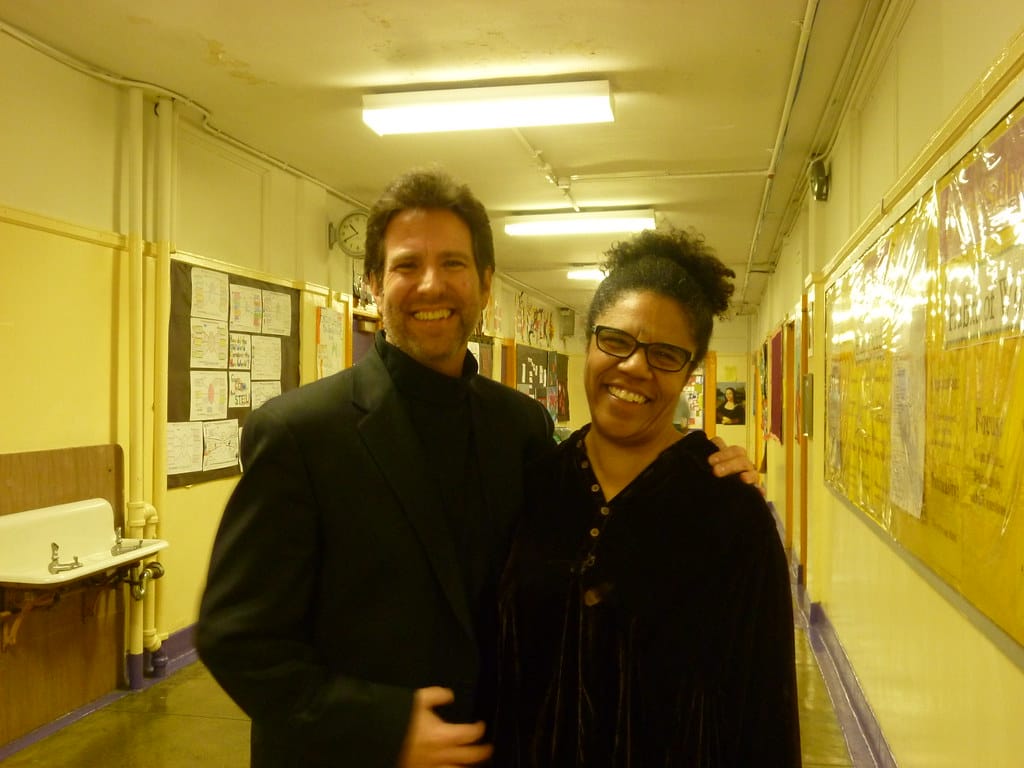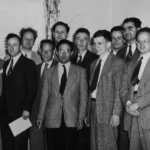This article explores the fascinating evolution of the Julia Richman Education Complex (JREC), a historic landmark on Manhattan’s Upper East Side. From its beginnings as an all-girls vocational school to its current form as a vibrant hub of six autonomous schools, JREC’s journey reflects a century of adaptation, innovation, and unwavering commitment to education.
JREC’s Remarkable Evolution
The Julia Richman Education Complex (JREC) stands as a testament to the transformative power of educational reform. Once burdened with a troubled past, JREC has blossomed into a thriving educational ecosystem, serving students from pre-K to 12th grade. This section delves into the complex’s rich history, highlighting the key milestones that have shaped its identity. For more information on other impactful figures, see the stories of Katherine Stinney and Jackie Rozo.
The Early Years: Pioneering Vocational Education for Girls (1913-1967)
Founded in 1913 as the Julia Richman High School, the institution initially focused on providing young women with the practical skills needed for success in the business world. Named after New York City’s first female district superintendent, Julia Richman, the school embodied a progressive vision for female education. Initially located in Greenwich Village at 60 West 13th Street, the school eventually expanded to operate across seven different buildings throughout New York City. Between 1922 and 1924, the current building on the Upper East Side was constructed and dedicated, becoming a significant local landmark. Throughout the 1930s, Julia Richman High School gained recognition for its rigorous academic standards and strict dress code. This era laid the foundation for JREC’s future transformations, demonstrating a commitment to empowering young women through education.
Navigating Change and Challenges: The Co-ed Era (1967-1995)
In 1967, Julia Richman High School underwent a significant shift, transitioning to a co-educational institution. While this change reflected evolving social norms, the subsequent decades presented considerable challenges. The 1990s, in particular, were a difficult period. Graduation rates plummeted to a concerning 37%, while crime and violence within the school escalated. This led to the unfortunate nickname “Julia Rikers,” a comparison to the notorious prison complex, reflecting the institution’s struggles. The implementation of metal detectors and even isolation cages for disciplinary issues painted a bleak picture of the school environment. These struggles likely contributed to negative community perceptions and undoubtedly impacted student morale. This period underscores the complexities of adapting to societal changes and the pressing need for innovative solutions.
A New Era Begins: The Small Schools Model (1995-Present)
The mid-1990s marked a turning point for JREC. In 1993, the school ceased admitting new freshmen to prepare for a major restructuring. A $30 million renovation, funded in part by organizations like the Bill and Melinda Gates Foundation, began to transform the complex. This substantial investment wasn’t merely cosmetic; it aimed to fundamentally reshape the educational approach. The building was redesigned to house six autonomous small schools, each with its own budget, teachers, schedule, and unique curriculum. The shift to a “small schools” model was a radical departure from the traditional large, impersonal high school structure. This model aimed to create more intimate learning communities where students felt seen, heard, and supported.
The Six Schools of JREC: A Closer Look
Today, JREC comprises six distinct schools, each offering specialized programs and opportunities:
| School Name | Grades Served | Focus Area |
|---|---|---|
| The Urban Academy | 9-12 | Project-based learning, Social Justice |
| Julia Richman High School | 9-12 | College Preparatory |
| Manhattan School for Children | Pre-K – 5 | Early Childhood Development |
| East Side Community School | 6-8 | Balanced Curriculum, Supportive Environment |
| Isaac Newton Middle School | 6-8 | STEM Education |
| High School for Environmental Studies | 9-12 | Environmental Science & Sustainability |
This structure allows students to find a learning environment that aligns with their interests and learning styles. Each school operates with a degree of autonomy, enabling flexibility and innovation in their educational approaches. The shared facilities, including a library, cafeteria, auditorium, and specialized spaces like a culinary arts room and dance studio, enrich the learning environment and foster a sense of community. While much of this model has proven effective, ongoing research explores the long-term impact and potential adjustments needed to meet evolving educational needs.
From “Julia Rikers” to Community Hub: A Transformation Story
JREC’s transformation from a struggling institution to a thriving educational center is a remarkable story of resilience and community investment. This success may be attributed to the combination of the physical renovation, the small schools model, and the implementation of comprehensive support services. The establishment of LYFE, a toddler center for teen parents, and the on-site Mount Sinai Student Health Clinic demonstrates a commitment to holistic student well-being. These resources recognize that factors beyond academics, such as access to childcare and healthcare, can significantly impact a student’s ability to succeed. This multifaceted approach probably played a vital role in JREC’s turnaround. While research suggests that smaller schools can lead to increased student engagement and academic performance, it is important to acknowledge that numerous factors contribute to student success. Further research is necessary to fully understand the complex interplay of these factors. However, JREC’s story offers compelling evidence of the positive potential of smaller learning communities.
JREC’s Continuing Legacy
JREC’s journey is far from over. The complex continues to evolve, adapting to the ever-changing needs of its students and the surrounding community. While the success of the small schools model is promising, ongoing research is crucial to refine and improve its implementation. JREC’s transformation stands as an inspiring example of what’s possible when a community invests in its youth and embraces innovative educational approaches. This success story prompts a deeper examination of the challenges faced by other urban schools and encourages the exploration of diverse solutions to improve education for all students. The legacy of Julia Richman, the complex’s namesake and a pioneering figure in education, continues to inspire educators and students alike. JREC serves as a living testament to her vision of accessible and equitable education for all.
- Mastering Leader in Spanish: The Complete Guide - April 19, 2025
- Uncovering Surprising Parallels: England Size Compared to US States - April 19, 2025
- Old Mexico Map: Border Shifts 1821-1857 - April 19, 2025

















1 thought on “Julia Richman Education Complex: A History and Guide to its Modern Transformation”
Comments are closed.